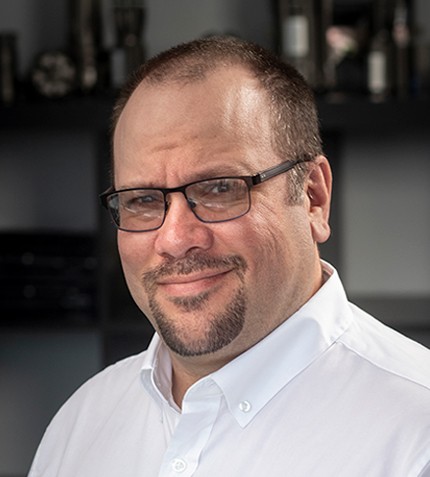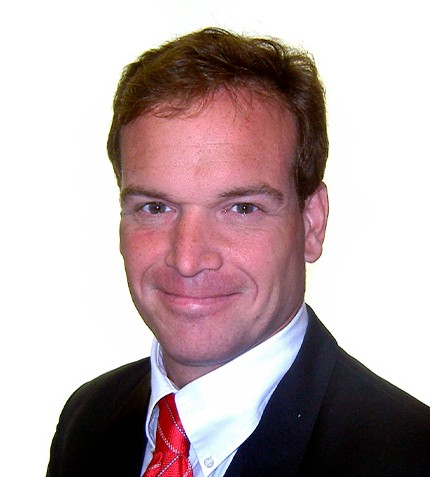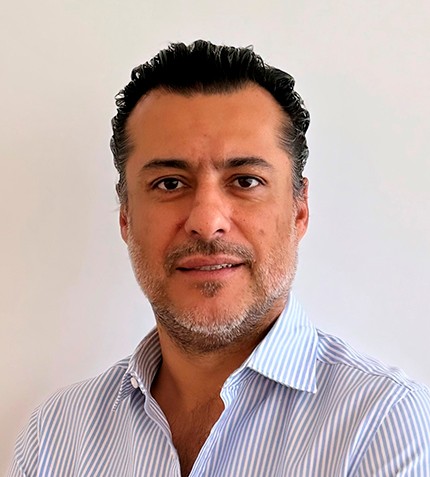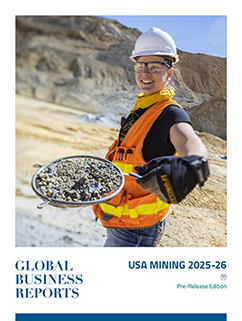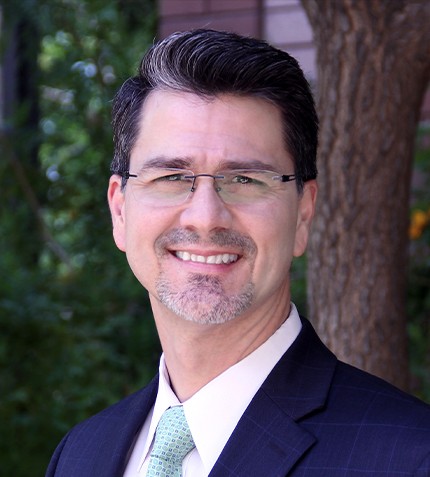
"By producing well-rounded professionals, we aim to address the complexities of modern mining and promote responsible practices in the industry."
Misael Cabrera
DIRECTOR, SCHOOL OF MINING AND MINERAL RESOURCES, UNIVERSITY OF ARIZONA
What is the history and mission of the School of Mining and Mineral Resources?
The University of Arizona has a long-standing history of supporting the mining industry, dating back to 1885, when it introduced its first mining program. However, in 2021, the university leadership recognized that a more transdisciplinary approach to mining and minerals education was necessary; thus, the School of Mining and Mineral Resources was conceived.
Today, the mining industry faces various challenges related to environmental protection, social acceptance, and the exploration of deeper and less concentrated deposits, demanding a comprehensive multidisciplinary approach. To address these challenges, the School of Mining and Minerals brings together existing mining and geological engineering departments, economic geology, public health, and social and environmental science disciplines to facilitate education and research to tackle the industry’s current and future obstacles.
What type of programs does the School offer?
We support the existing faculty and traditional majors related to mining. Additionally, we offer a minor in Sustainable Mineral Resources, allowing students to understand the mining industry comprehensively. We also provide professional development courses through the Lowell Institute and the Geotechnical Center of Excellence. These courses are designed to keep industry professionals abreast of the latest technologies and emerging issues. Furthermore, the Global Mining Law Program serves individuals with science or engineering degrees seeking specialized mining legal training. During the fall of 2023, the University will offer a course focused on automation and artificial intelligence in mining.
To enhance the student experience, we partner with the University's San Xavier Experimental Mining Laboratory, where students can train with mining equipment and develop hands-on experience in a real-world environment.
What are some of the R&D projects the School is currently developing?
We have researched mine workers’ internal body temperatures using a swallowable sensor for monitoring heat stress in underground work environments. Another project uses AI to detect whether workers are wearing personal protective equipment. Automation is also a key focus, with projects using specialized cameras to predict slope stability and detect minerals using hyperspectral technology. Additionally, we are actively investigating existing copper porphyry deposits for valuable rare earth elements and assessing the potential for reprocessing and recycling tailings piles.
In collaboration with the Center for Environmentally Sustainable Mining, we are pioneering eco-friendly chemical compounds for dust suppression at tailings piles, with potential application in mineral extraction from acid mine drainage. Furthermore, researchers are converting mine tailings into concrete that sequesters carbon dioxide.
How is the School attempting to attract the next generation?
Addressing the pressing workforce shortages is a significant challenge for the university and the industry. One crucial aspect is transforming young people's narrow perspective of mining, who often perceive it as a dirty profession. Instead, we want to showcase the industry's advanced technological aspects.
Part of our initiative involves clarifying the lucrative prospects of mining, with salaries starting around US$80,000 in Arizona. Additionally, we strive to highlight that mining is not an enemy of the environment but rather a catalyst for environmental preservation.
What measures is the Government taking to strengthen mining education?
The Mining School Act proposes to allocate US$10 million to support and strengthen mining schools. Our interdisciplinary approach and strong state support have already established a robust mining program at the University of Arizona. However, the federal government recognizes the importance of reinvesting in nationwide mining education.
While the US demands 500 to 1,000 mining engineers annually, we only graduate around 200. We are engaged in a Research project funded by the National Science Foundation to understand the motivation behind students joining STEM fields, especially in mining-related disciplines. We are analyzing survey results to understand better how to attract young people into this field.
What are some of the School’s long-term strategies?
One of our critical strategies is changing how young people perceive mining, making it an appealing career choice. We are actively investing in education and research related to automation, AI, and robotics for mining, including the electrification of mines. These technological advancements are crucial to improving the industry's efficiency and sustainability and attracting more workers.
Furthermore, we emphasize the importance of a transdisciplinary education, equipping students with mining knowledge, understanding ESG concerns, and long-term reclamation responsibilities.




